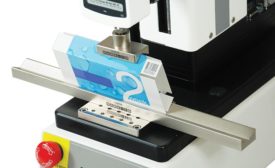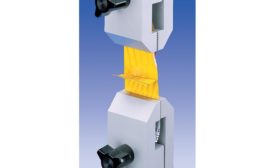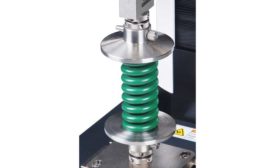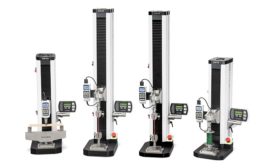Tracey Cheesman
Tracey Cheesman is a sales engineer at Mark-1O Corp. For more information, call (888) MARK-TEN or (631) 842-92OO x34, email [email protected] or visit www.mark-1O.com.
ARTICLES
Force measurement is an important characteristic in meeting the requirements of a quality product.
Read More
The Devil is in the Details: Choosing a Proper Grip for Tensile Testing
Tensile strength is an important parameter of engineering materials that are used in structures and mechanical devices.
January 1, 2020
NDT in Aerospace
Compression Testing Basics
What is compression force and why do we measure it?
July 8, 2019
A Primer on Materials Testing
There are many reasons to perform materials tests. Learn the top five.
January 1, 2019
Nondestructive Compression Force Testing: What, Why, and How
Nondestructive compression force testing helps quality control professionals assess and ensure product quality.
June 1, 2018
Get our new eMagazine delivered to your inbox every month.
Stay in the know with Quality’s comprehensive coverage of the manufacturing and metrology industries.
SIGN UP TODAY!Copyright ©2024. All Rights Reserved BNP Media.
Design, CMS, Hosting & Web Development :: ePublishing




